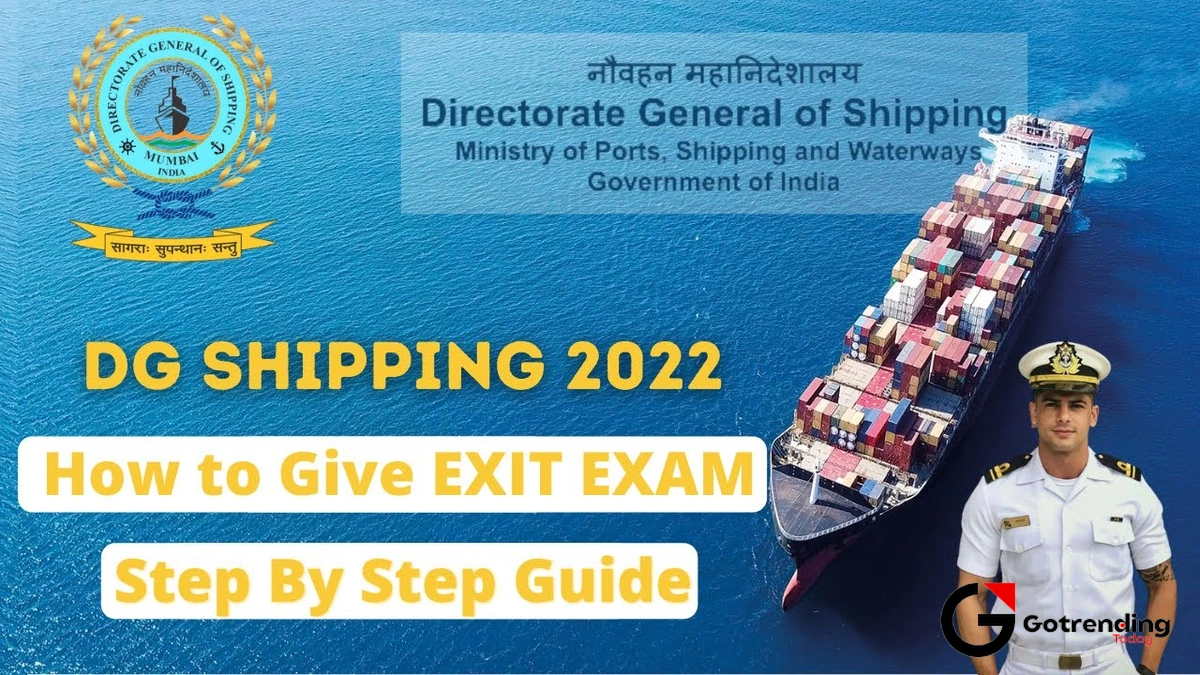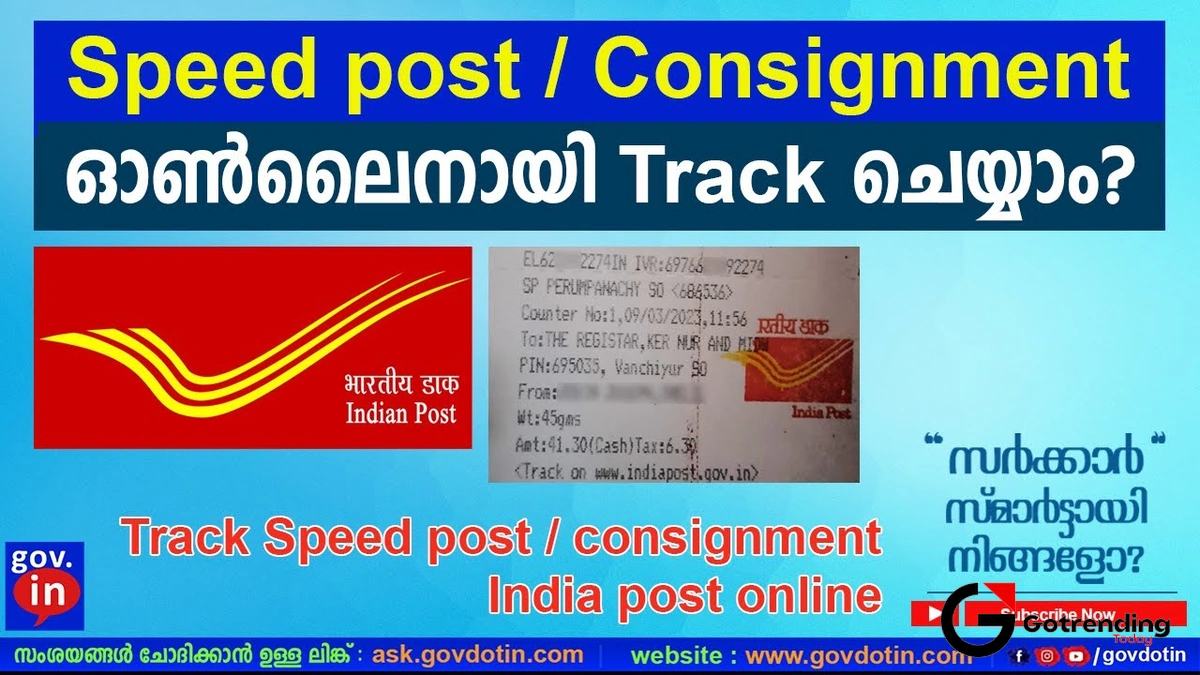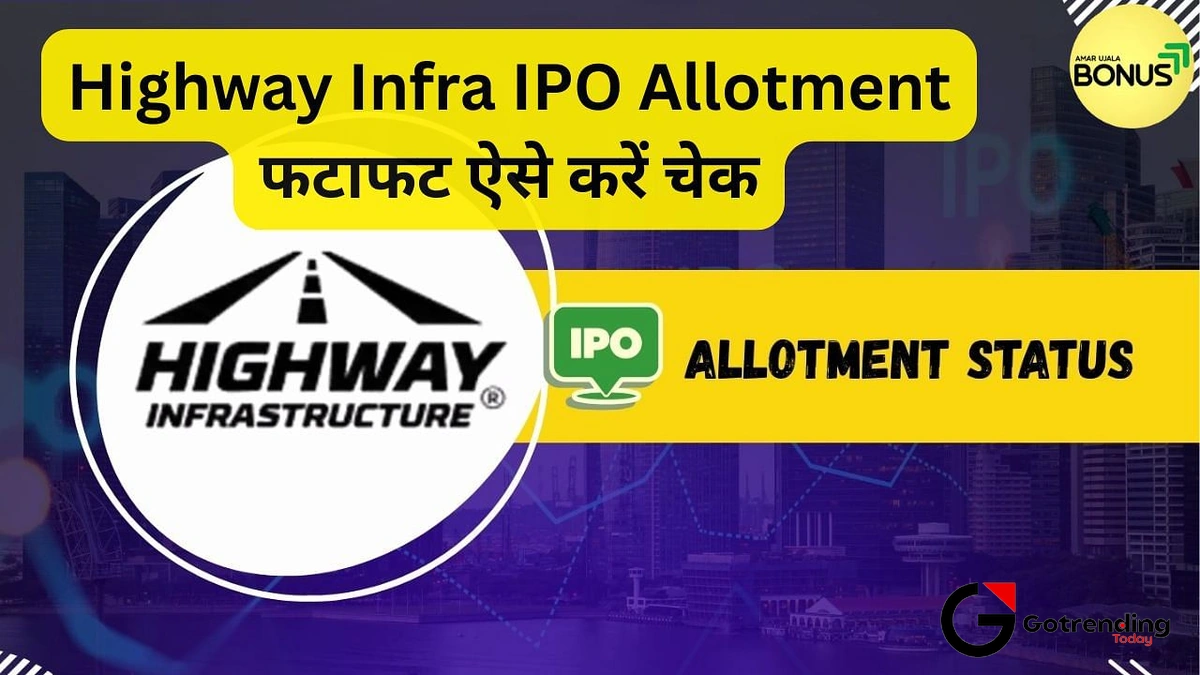Decoding DG Shipping | Your Unofficial Guide to Navigating India’s Maritime Maze
So, you’ve decided to conquer the seven seas. You’re dreaming of the open ocean, the hum of a massive engine beneath your feet, and a career that’s anything but a boring desk job. I get it. It’s a powerful calling. But between that dream and your first voyage stands a digital behemoth, a bureaucratic gatekeeper that can feel utterly overwhelming: The Directorate General of Shipping, or as we all know it, DG Shipping .
Let’s be honest. The first time you land on the official DG Shipping website, it feels less like a gateway and more like a maze designed by a mad genius. It’s a world of circulars, e-governance tabs, and jargon that could make a seasoned sailor blush. You’re looking for a simple answer, and you find a dozen PDF documents, each more cryptic than the last.
But here’s the thing. That website, that system, isn’t just an obstacle. It’s the single most important digital hub for your entire career in the Merchant Navy. It’s your RTO, your passport office, and your university registrar all rolled into one. And learning to navigate it isn’t just a good idea it’s a critical skill. So, grab a coffee, pull up a chair, and let’s decode this thing together. I’m not just going to tell you what to click; I’m going to explain why it matters.
So, What Exactly Is DG Shipping?
In the simplest terms, the DG Shipping is the supreme authority for all things maritime in India. Think of it as the government body that writes the rulebook for Indian seafarers and ships. It’s based in Mumbai and operates under the Ministry of Ports, Shipping and Waterways. Its job is massive, but for you, the aspiring or current seafarer, it boils down to a few core functions that directly impact your life:
- Setting the Standards: It decides what you need to learn. It approves the curriculum for all merchant navy courses and certifies the institutes that teach them. If a maritime college isn’t DG Shipping-approved, its certificate is basically just expensive paper.
- Issuing Your License to Sail: It’s the body that issues the two most important documents of your career: your INDoS number and your Continuous Discharge Certificate (CDC), which is essentially your seaman’s passport. Without them, you’re not getting on any ship, anywhere.
- Conducting Exams: From the exit exams after your pre-sea training to the high-stakes competency exams for becoming a Captain or Chief Engineer, DG Shipping is the examiner.
- Ensuring Safety and Welfare: This is the “why” behind all the bureaucracy. Its ultimate goal is to ensure that Indian seafarers are well-trained, ships are safe, and international maritime laws, as set by bodies like the International Maritime Organization (IMO) , are followed.
So, why care? Because every single step of your career from your first day at a maritime academy to the day you command your own vessel is governed by the rules and regulations laid out by this one organization. Understanding its role is the first step to taking control of your career path.
The First Hurdle | Mastering Your Seafarer Profile & INDoS Number
Before you can even think about exams or courses, you need to get into the system. This starts with two things: your INDoS number and your seafarer profile.
What fascinates me is how many people treat this step like a simple form-filling exercise. It’s not. This is your foundational data in the national maritime database. Getting it wrong can cause headaches for years.
The INDoS (Indian National Database of Seafarers) number is your unique maritime identity. Think of it as your Aadhaar card for the seas. It’s an 8-character alphanumeric code that will stick with you for your entire career. You’ll need it for courses, exams, and job applications. The process of getting one starts with a seafarer profile registration on the DG Shipping portal.
Here’s my advice, based on seeing countless cadets stumble:
- Accuracy is Everything: When you fill out your profile, triple-check every single detail. Your name must match your passport *exactly*. Your date of birth, your address—no mistakes. A small typo here can become a huge problem later when your documents don’t match.
- Use a Professional Email: “coolboy_rohit@email.com” isn’t going to cut it. Create a simple, professional email address for all your maritime correspondence.
- The Photograph Matters: Don’t upload a selfie from a party. Follow the passport-style photo guidelines they specify. This photo will appear on official documents.
- Password Security: Write down your password and keep it somewhere safe. The “forgot password” process can sometimes be a pain. A simple indos number check or login attempt should be easy, not a half-hour ordeal.
This initial registration is your digital handshake with the maritime world. Make it a firm one.
The World of E-Learning and Exit Exams | The New Normal

One of the biggest shifts in recent years, accelerated by the pandemic, has been the move to digital platforms. The dg shipping e learning portal is no longer just a supplement; it’s a core part of your training.
Here’s the analyst take: This isn’t just about convenience. It’s a strategic move by DG Shipping to standardize basic knowledge and ensure every single cadet, regardless of their training institute, has a common baseline of understanding. It’s about quality control on a massive scale.
After completing your pre-sea training, you’ll face the dg shipping exit exam . This is an online, proctored test that you must pass to get your course completion certificate. It covers everything you were supposed to have learned. Don’t underestimate it. I’ve seen overconfident cadets fail because they thought it was just a formality. It’s not.
My guide for tackling it:
- Take the E-Learning Seriously: Go through all the modules on the e-learning site. Don’t just click through them. These modules are the source material for the exam questions.
- Practice, Practice, Practice: Find mock tests online. Get used to the format, the timing, and the type of multiple-choice questions you’ll face.
- Check Your Tech: Ensure you have a stable internet connection and a compatible device. Technical glitches can and do happen, and they are incredibly stressful during a timed exam.
Mastering the e-learning portal and passing the exit exam is your first real test. It proves you’re ready for the next step.
Circulars Aren’t Just Paperwork; They’re Your Career’s Rulebook

This is the part everyone ignores. On the DG Shipping website, there’s a section for “Circulars.” It looks boring. It’s just a long list of PDFs with official-sounding titles. But let me tell you, this section is pure gold if you know how to read it.
DG shipping circulars are how the directorate communicates every single change in policy, rules, and procedures. A new circular can change sea-time requirements for an exam, introduce a new mandatory course, or alter the process for revalidating your certificates. Ignoring them is like driving without looking at the road signs.
For instance, a few years ago, a circular completely changed the format for the oral examinations for senior ranks. The people who read it were prepared; the ones who didn’t were caught completely off guard. Understanding this complex system is a crucial investment, not some speculative bet like a Sri Lotus Developers IPO GMP .
You don’t need to read every single one. But make it a habit say, once every two weeks to glance at the latest circulars. Look for keywords that apply to your rank and stream (Deck, Engine, GP Rating). This simple habit will put you light years ahead of your peers who are waiting for someone else to tell them the rules have changed. It shows proactiveness, a quality every shipping company looks for. It’s a bit like doing a Shanti Gold Share Price Analysis ; you’re looking at the raw data to predict future trends that will affect you directly.
Your DG Shipping Questions, Answered
What if I forgot my INDoS number or password?
Don’t panic! It’s a common issue. The official DG Shipping website has a “Forgot Password” link. For a forgotten INDoS number, you can usually retrieve it by searching with your name, date of birth, and passport number on the portal.
How do I find DG Shipping-approved maritime training institutes in India?
The DG Shipping website maintains an updated list of all approved maritime training institutes in India . Never join an institute that is not on this official list. The list is usually categorized by region and the types of courses offered.
Is the DG Shipping exit exam difficult?
It’s not designed to be impossible, but it requires serious preparation. The difficulty lies in the breadth of the syllabus and the need to have a precise understanding of the topics. If you’ve paid attention during your course and diligently completed the e-learning modules, you should be able to pass.
What’s the difference between a CDC and an INDoS number?
An INDoS number is your unique identification number in the Indian maritime database. A Continuous Discharge Certificate (CDC) is a physical booklet, like a passport, that records your sea service, including the ships you’ve worked on and the dates of your employment. You need an INDoS number to apply for a CDC.
How often should I check for new circulars?
A good rule of thumb is to check the DG Shipping website for new circulars once every two weeks or at least once a month. If you’re nearing an exam or a revalidation, you should check more frequently.
Can I update my personal details on the seafarer profile?
Yes, but it’s not always straightforward. Some details can be updated directly by you, but for major changes like a name change (after marriage, for example) or a correction in date of birth, you may need to submit an application with supporting documents to DG Shipping. This is why getting it right the first time is so important!
Look, the path of a seafarer is filled with challenges. The sea itself is a formidable force. But before you face the ocean, you have to face the paperwork. Don’t look at DG Shipping as a bureaucratic monster. See it for what it is: a system designed to create some of the best-qualified and safest seafarers in the world.
Mastering this system is your first command. It’s proof that you have the attention to detail, the foresight, and the diligence required for a life at sea. Navigate it well, and the world’s oceans are yours to explore.












